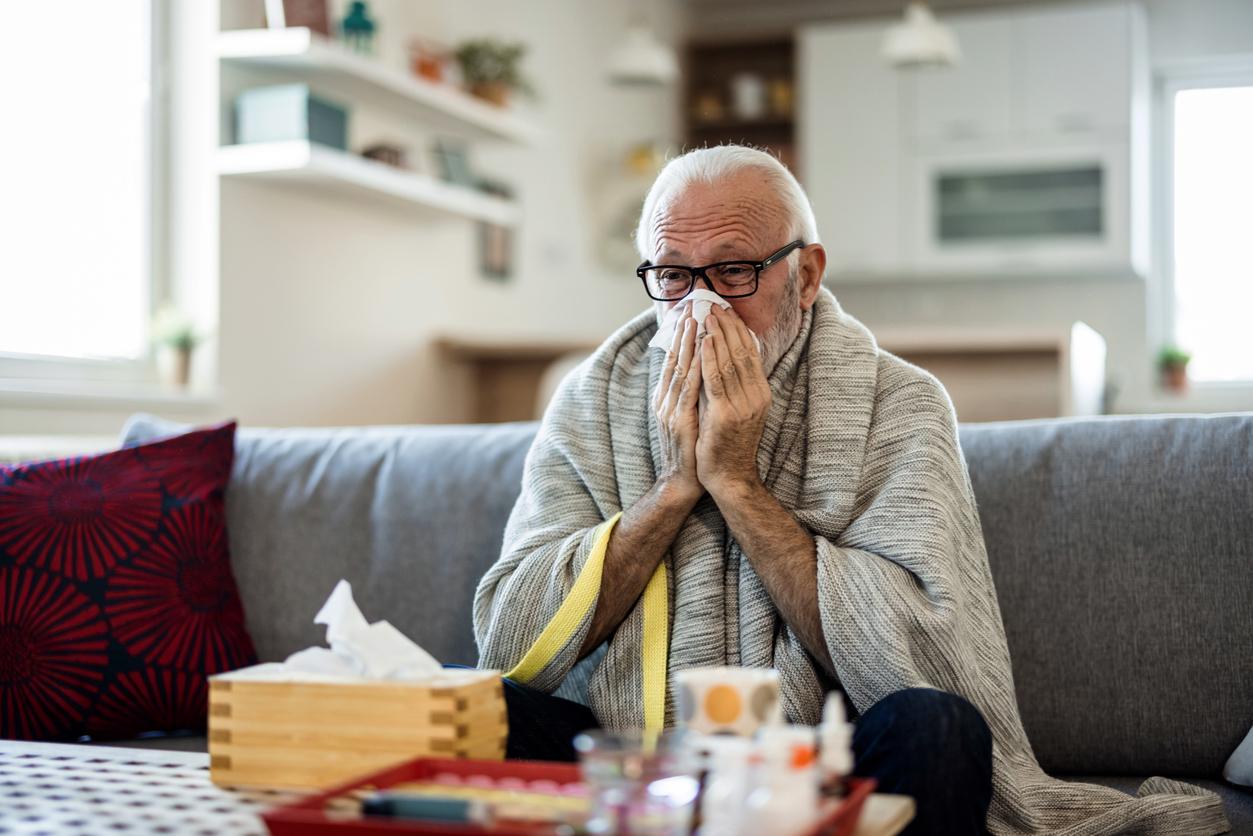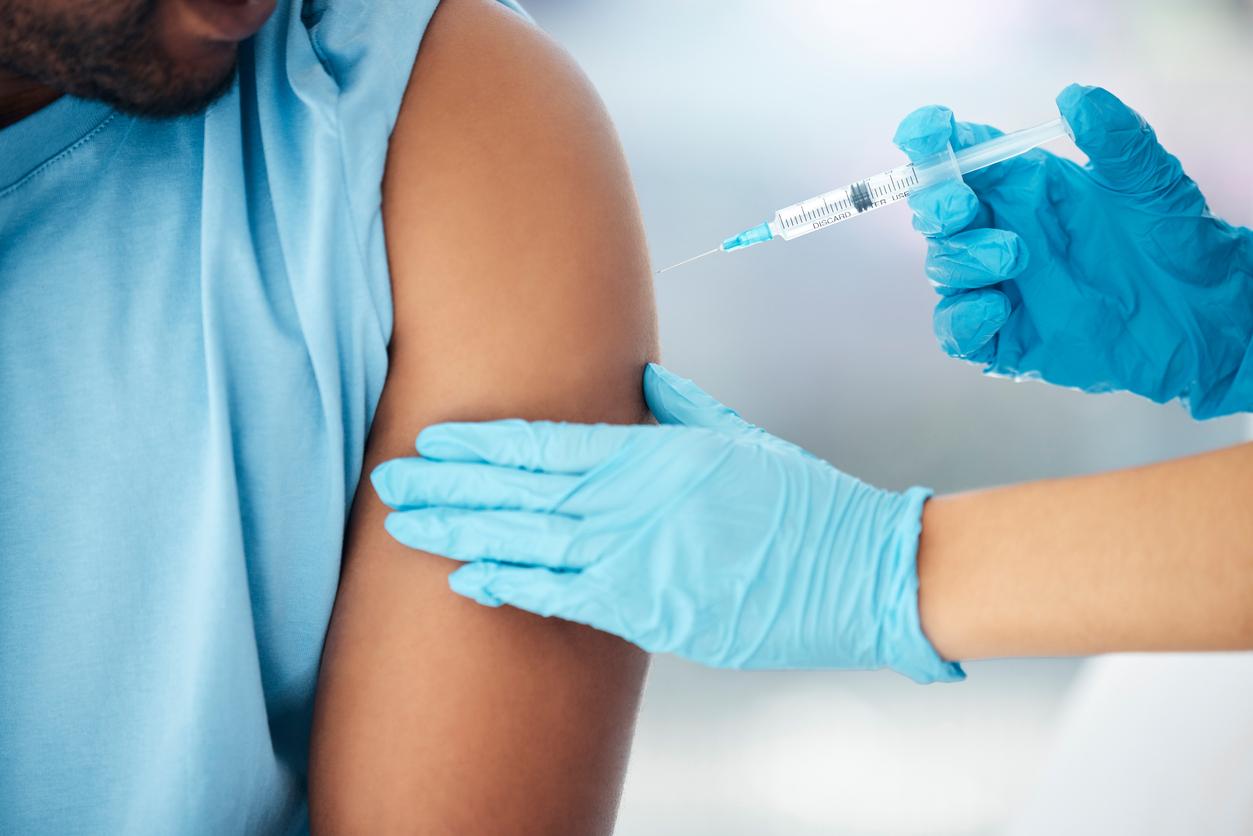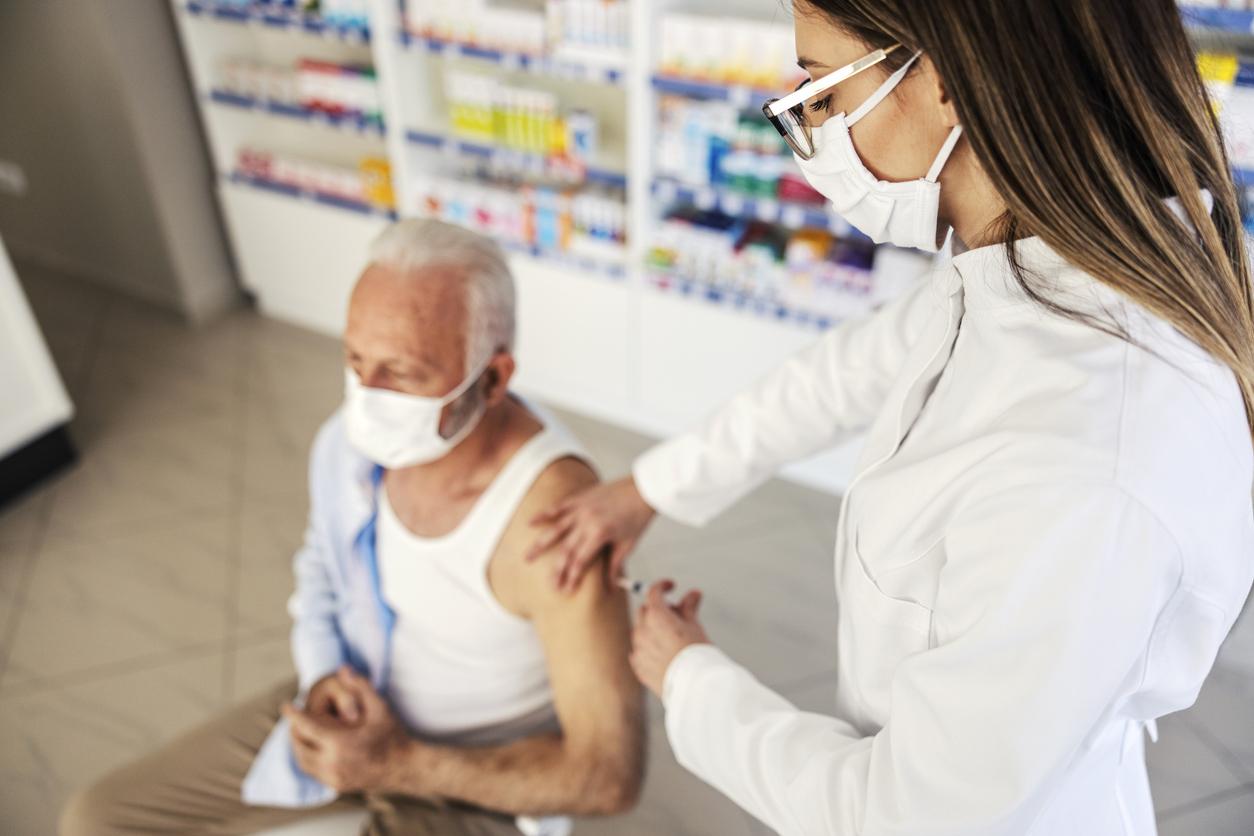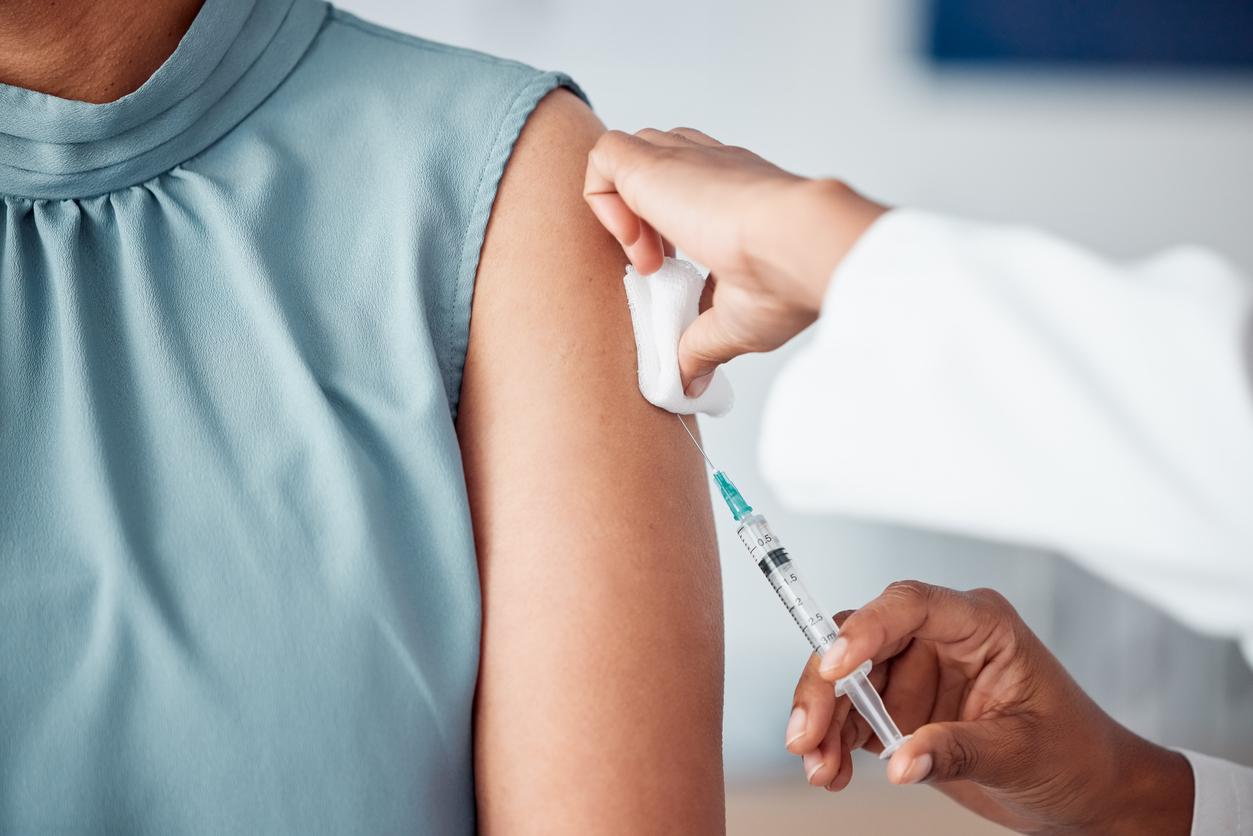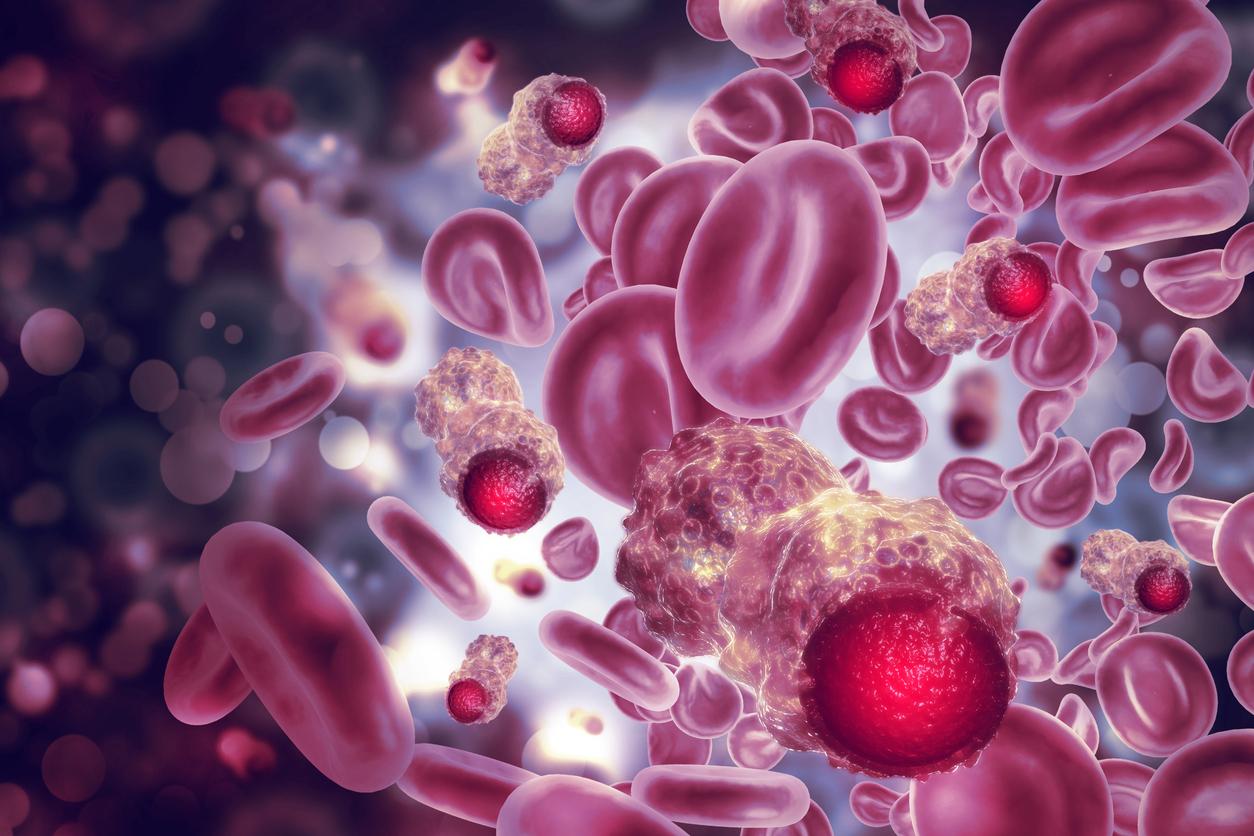Yet in the midst of a pandemic, health spending in 2020 reached 209.2 billion euros, an increase of 0.4% which is the lowest increase ever recorded. Explanation: a real halt has affected care other than Covid-19.

- This halt in health spending would be the consequence of the measures put in place to fight against the coronavirus, in particular the containment of spring 2020.
- This was seen among dentists (-8.9%), doctors (-5%), but also for medical transport (-9.4%) and medical auxiliaries (-11.9%).
- Hospitals and biological analysis laboratories have seen their expenses jump.
This is a figure that seems paradoxical. Despite the billions of euros put on the table to fight the coronavirus epidemic, total health spending has shown a historic slowdown according to a DREES report published this Wednesday, September 15. These reached 209.2 billion euros. This corresponds to an increase of 0.4%, the weakest increase since the 1950s, i.e. the “first available year of health accounts”, emphasizes the statistical service of the social ministries.
In the hospital and in the analysis labs, the expenses have jumped
This halt in health expenditure would be the consequence of the measures put in place to fight against the coronavirus, and in particular the strict confinement in the spring of 2020. This had the effect of putting a halt to the “consumption of care”, explains the report. This was seen among dentists (-8.9%), doctors (-5%), but also for medical transport (-9.4%) and medical auxiliaries (-11.9%). Conversely, nurses (+7.2%) “little affected by health restriction measures” have seen their activity progress.
At the same time, other expenses have jumped to adapt to the health crisis. In hospitals, spending increased by 3.7%, driven in particular by “additional costs“due to the Covid and especially by bonuses, overtime and salary increases in public establishments. The most notable increase concerns biological analysis laboratories, which saw their expenses jump (+37.4%) due to the massive screening by PCR tests implemented from the summer of 2020.
The lowest OOP in Europe
This increase in Covid-related expenses has led to increased coverage of health expenses by Social Security. This financed 79.8% of health expenditure last year, i.e. almost 2 points more than in 2019. On the other hand, complementary health insurance was less in demand and its share fell by one point, to 12.3%. A trend also noted in the rest to be borne by households which amounted to 6.5%. For the Drees, this is mainly due to the “100% Health” reform, the first effects of which have been felt, particularly with regard to dental care. Moreover, the static service notes that, among the 28 countries of the European Union, France is the one where the rest to be borne by healthy households is the lowest.
.









